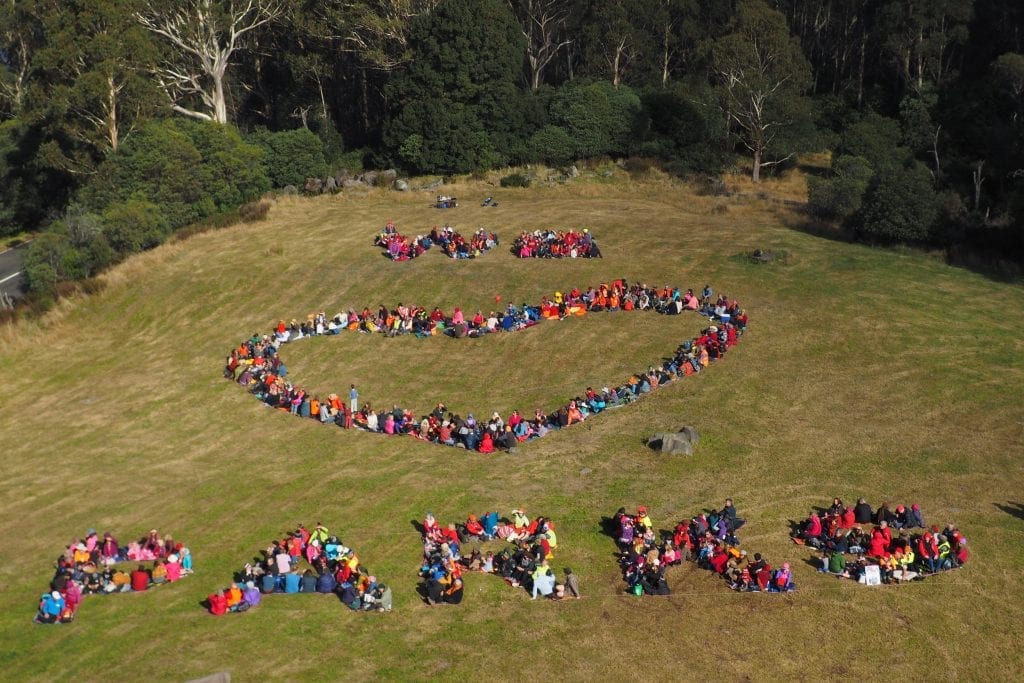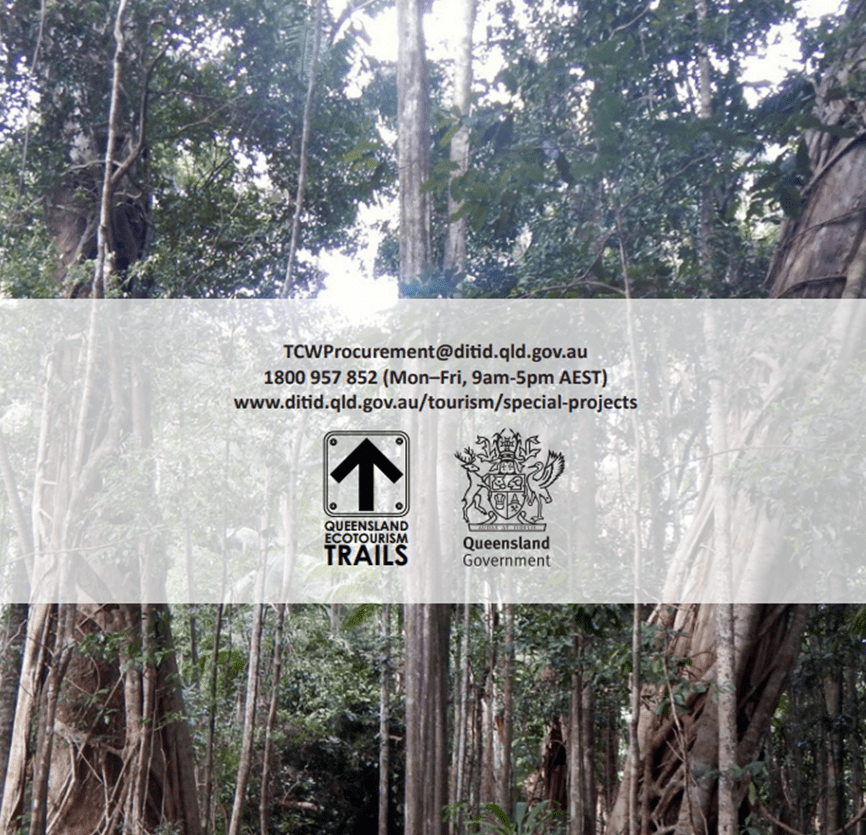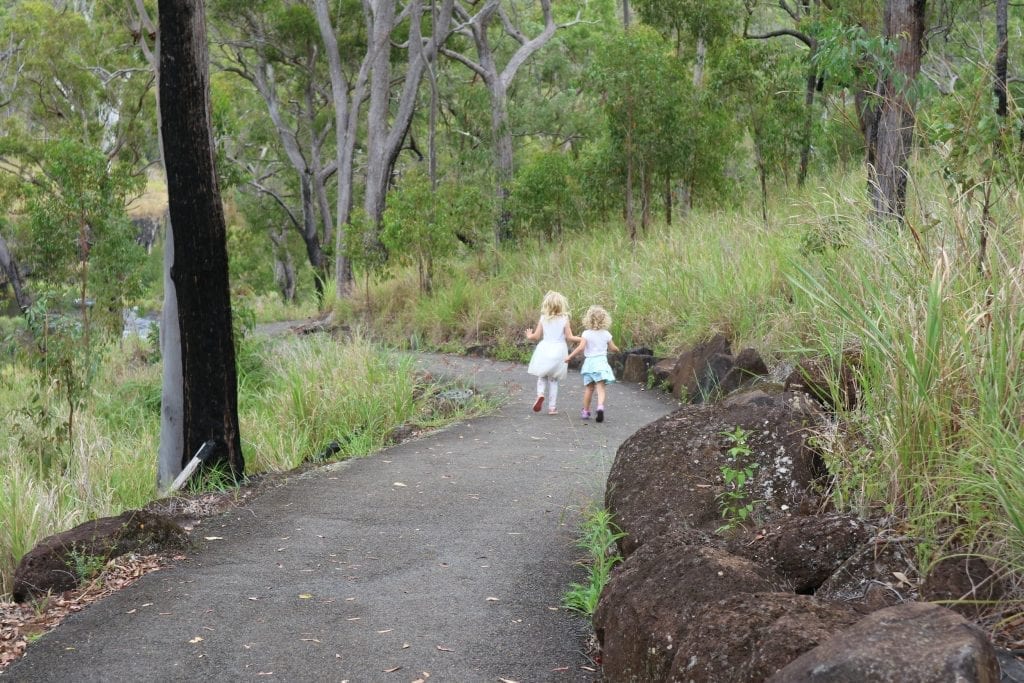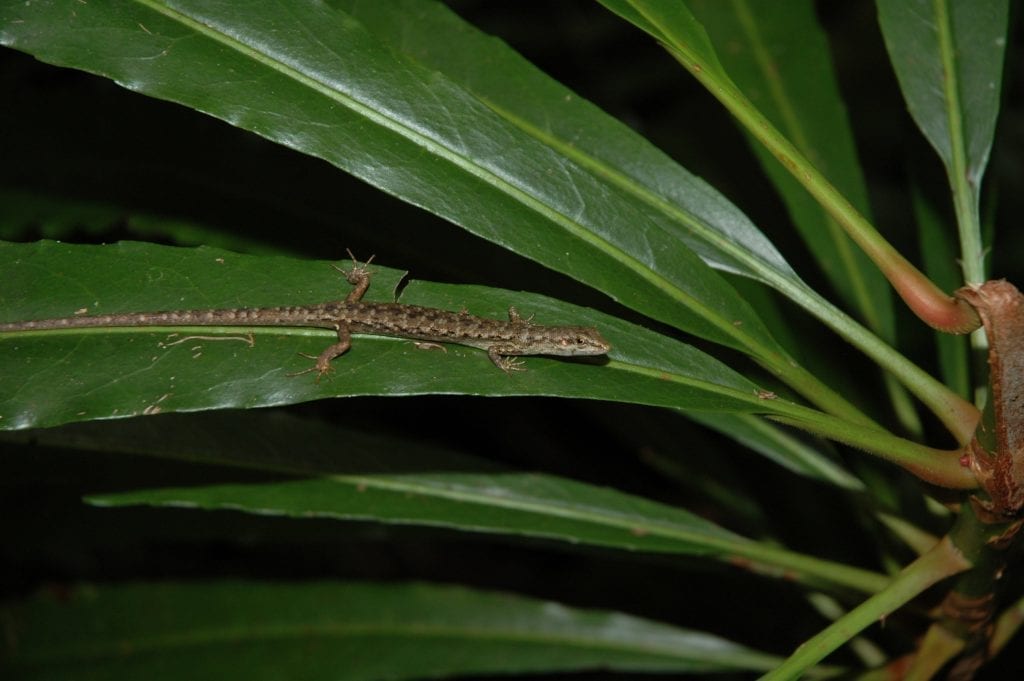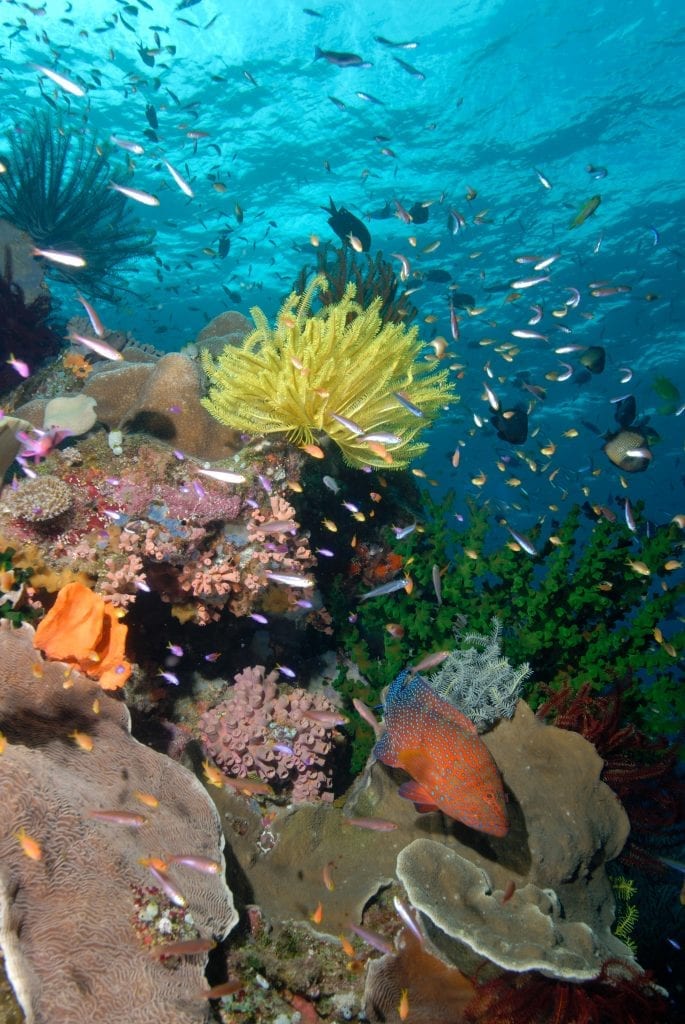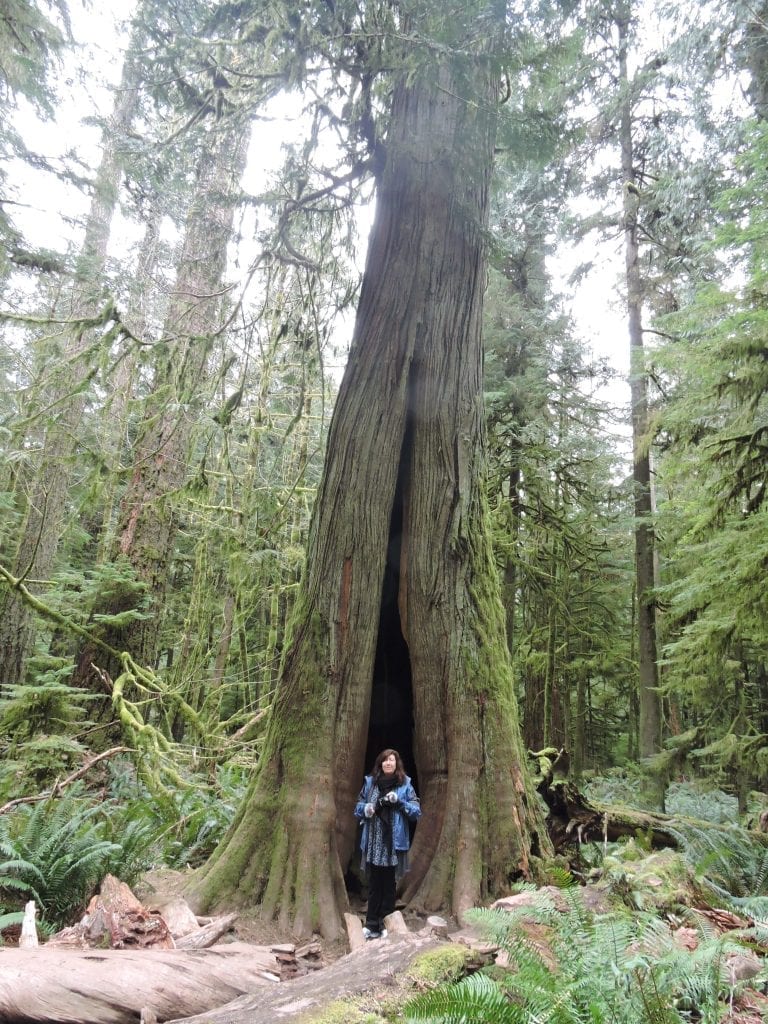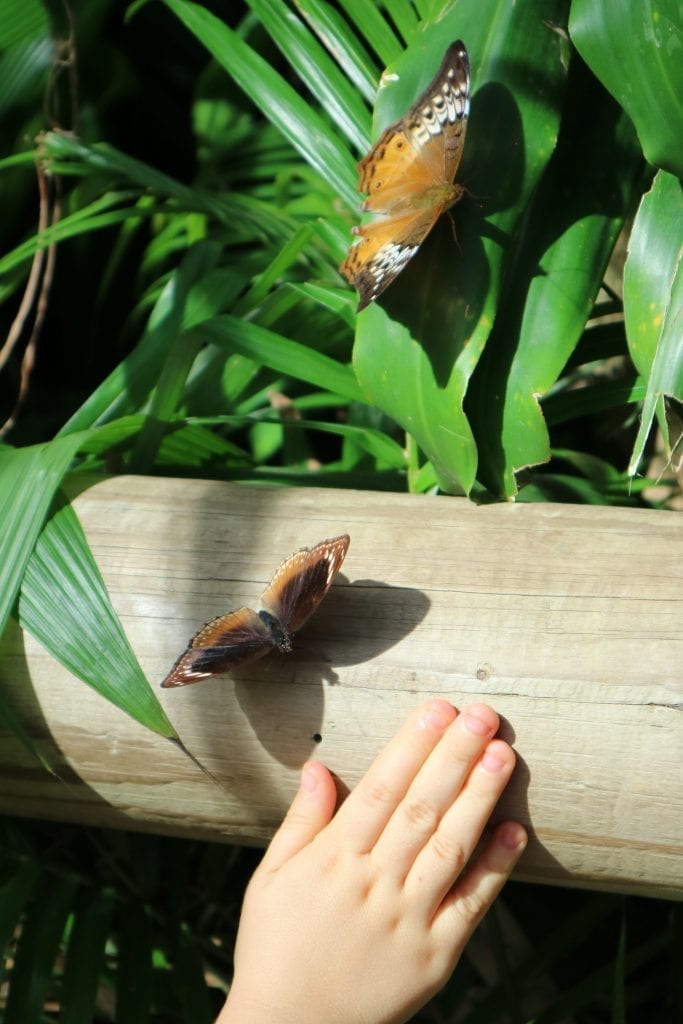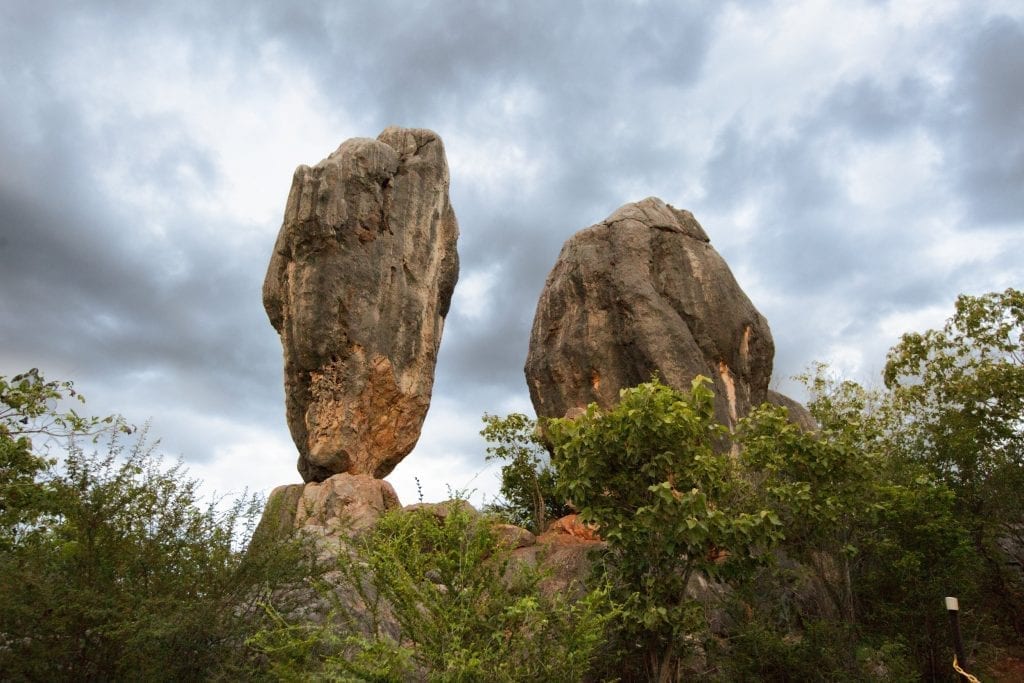Our state’s biodiversity has borne the brunt of much of our activity. The last State of the Environment Report contains some sobering figures. From 2007 to 2015 a further 61 fauna species became extinct, endangered or vulnerable (threatened). 68 recognised threats are contributing to this; key ones being vegetation clearing and inappropriate fire and grazing regimes. During the same period 275 plant species became threatened – the key contributing processes again being clearing, the spread of weeds and inappropriate fire regimes.
Author Archives: NPAQ Admin
The Queensland government has recently released a call for Expression of Interest (EoI) from private entities to provide eco-tourism developments in three Queensland national parks.
Bridget Armstrong is a Senior Conservation Officer in the Great Barrier Reef and Marine Parks Region of QPWS. She spent much of her childhood playing in and exploring the bush, beaches and estuaries. She studied ecology at university, and her first job confirmed that what she loved most was to be out in the field, providing ecological advice for park management.
Marika shares her perspective on national parks as a way to foster a curiosity and interest in the world. We all have a opportunity to help reconnect our children – and each other – with our natural places.
Cats take a hefty toll on Australia’s reptiles – killing an estimated 649 million of them every year, including threatened species – according to our new research published in the journal Wildlife Research.
This time last year Dennis wrote about a looming threat to the Coral Sea Commonwealth Marine Reserve.
Sadly the fears he wrote about have become reality and now commercial fishing is encroaching on sensitive marine reserve area.
A founding purpose for NPAQ was to grow and protect national parks and appreciation for nature. Where once this was reflected in photography and sketches, new technology is opening different frontiers for the sharing of our precious natural places.
Parrallel Parks is one example of this.
Veteran (very old) trees are important components of many ecosystems and landscapes. In Part 1 we discussed their environmental values and unique characteristics, as well as their cultural values and benefits. Part 2 will focus on the survival strategies employed by these ancient flora representatives and the range of management actions that will assist their continued survival.
One evening when my boys were younger, Matthew, then ten, looked at me from across a restaurant table and said quite seriously, “Dad, how come it was more fun when you were a kid?”
Park Rangers do an amazing job in our national parks and each edition of Protected we like to recognise one and tell their story.


